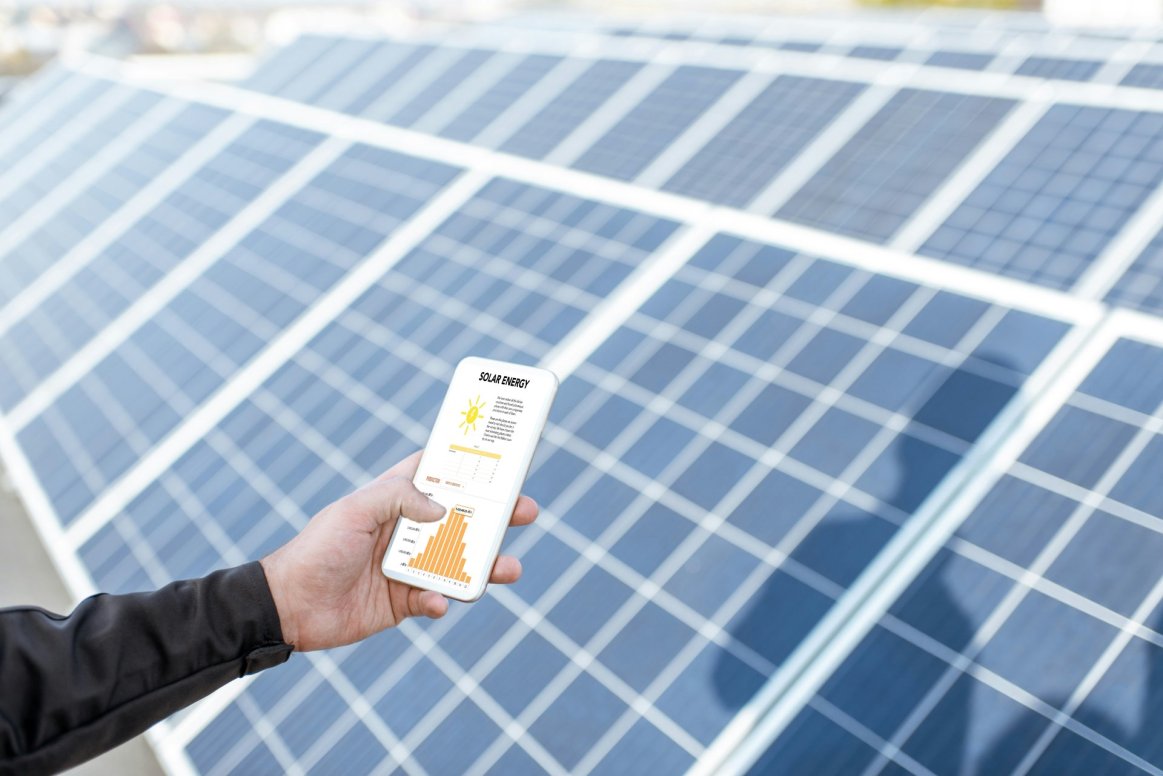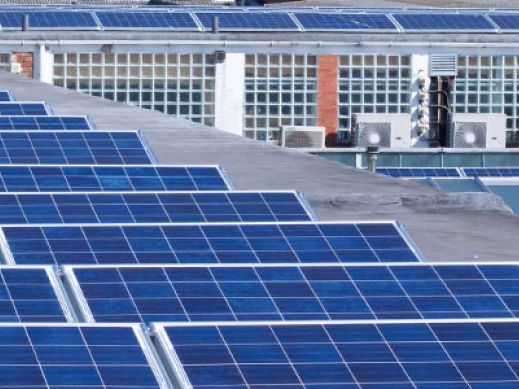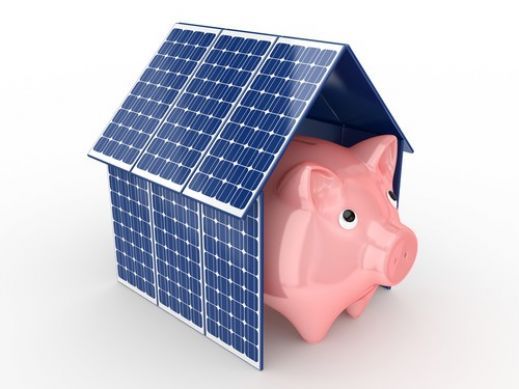
Understanding Solar: Key Terms Your Customers Should Know Before Going Solar with TPO
Recent changes in policies and market conditions have created uncertainty in the solar industry. One area under pressure is Third-Party Ownership (TPO), a model that has enabled thousands of homeowners to adopt solar energy with little to no upfront cost. As more homeowners explore third-party ownership (TPO) options, like leases and Power Purchase Agreements (PPAs), it's increasingly important that they fully understand these terms and how current events could affect them.
TPO, Lease, and PPA—What’s the Difference?
TPO (Third-Party Ownership) systems are solar energy solutions where a company owns and maintains the solar system as opposed to a homeowner. There are typically two types of contracts associated with this model: a lease and a Power Purchase Agreement (PPA).
With a lease, the homeowner pays a fixed monthly fee to "rent" the solar system. In contrast, a PPA allows the homeowner to pay for the electricity generated by the system, usually at a lower rate than the local utility. Both options often require little to no upfront cost and relieve homeowners of maintenance responsibilities. This makes them ideal for those looking to reduce their utility bills without incurring debt or ownership obligations.
Loans vs. TPO: Weighing the Options
If a homeowner aims to maximize long-term savings and increase home value, a solar loan may be a better option. With a solar loan, homeowners can own the system, qualify for federal tax credits, and increase their property's value. However, it's important to remember that loans come with maintenance responsibilities and require good credit from the homeowner.
On the other hand, third-party ownership (TPO) is appealing to those who prefer lower upfront costs and simple monthly savings without the ownership risks. It’s important to note that homes with TPO solar systems can be more difficult to sell or upgrade. Therefore, it's essential for your customers to consider this factor in their long-term plans.
Understanding Rates and Domestic Content Adders
When signing a TPO agreement, customers should pay close attention to the kWh rate, as this is the amount they will pay for electricity, which will be lower than their current utility rate. Additionally, many TPO contracts include an escalator clause, which allows for an annual rate increase, resulting in higher monthly payments for the customer. Another common phrase in today's solar market is Domestic Content Adders. Thanks to the Inflation Reduction Act (IRA), using solar components that are made domestically can qualify TPO providers for additional tax credits. A portion of these credits may be passed on to installers or homeowners.
When solar installers and developers help prospective customers fully understand key concepts, they can boost sales, enhance the solar industry’s reputation, and avoid unsatisfied customers in the future. At Greentech Finance Solutions (GFS), we understand that the journey to solar can feel complex. That’s why our team is committed to simplifying the process with tailored financing solutions that support both your current customers and new prospects. Whether a homeowner is just beginning to explore their options or ready to make the switch, your GFS Specialist is here to provide clear guidance, customized recommendations, and ongoing support throughout the process. In times of uncertainty, choosing solar shouldn’t feel like a gamble—it should feel like a confident step toward a more secure future. Get in touch with your local GFS Specialist by filling out the contact us form to learn more.



